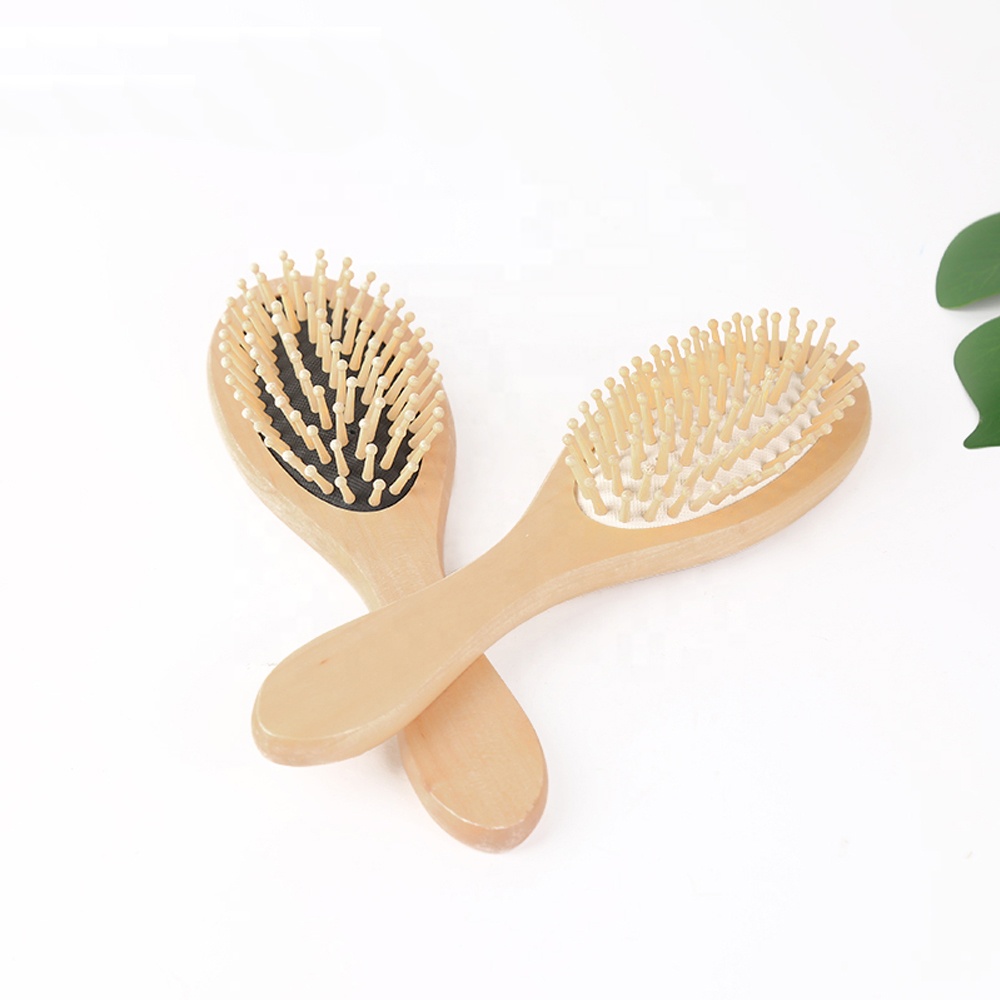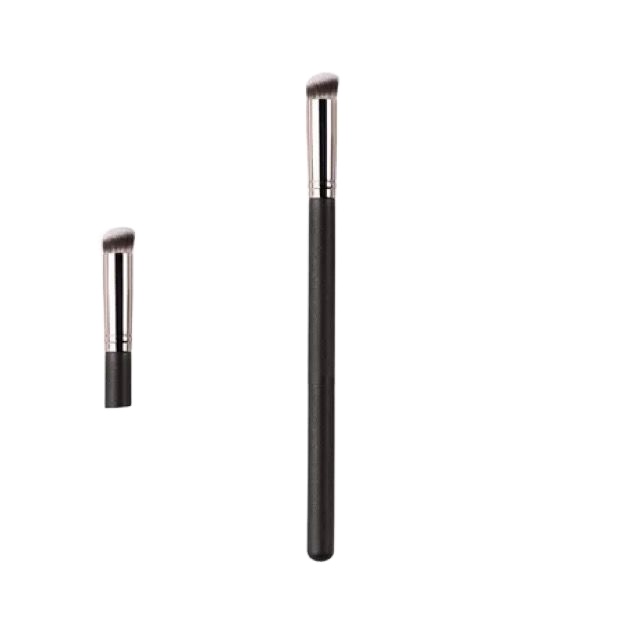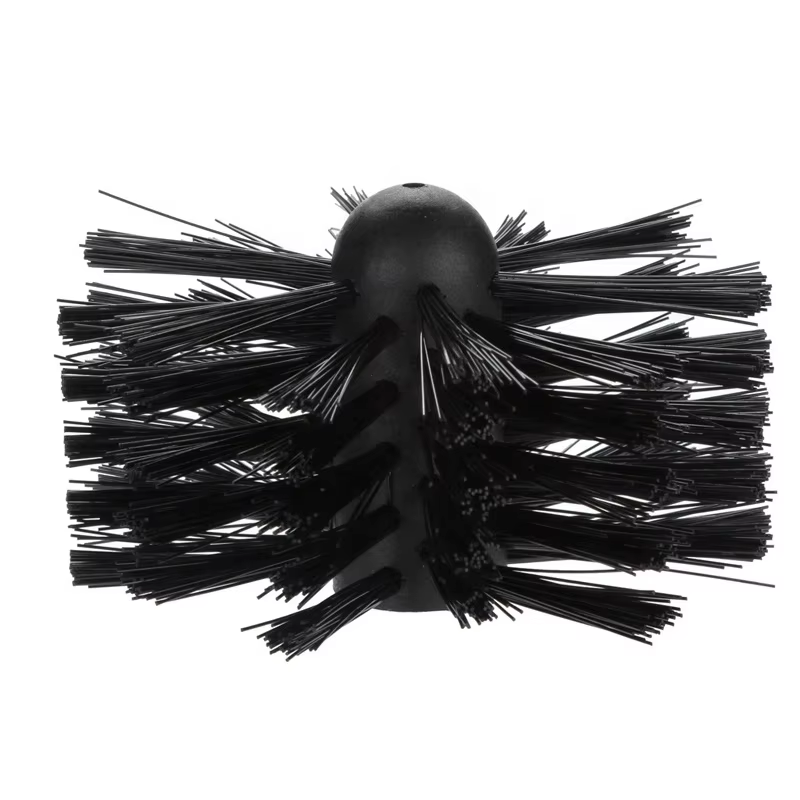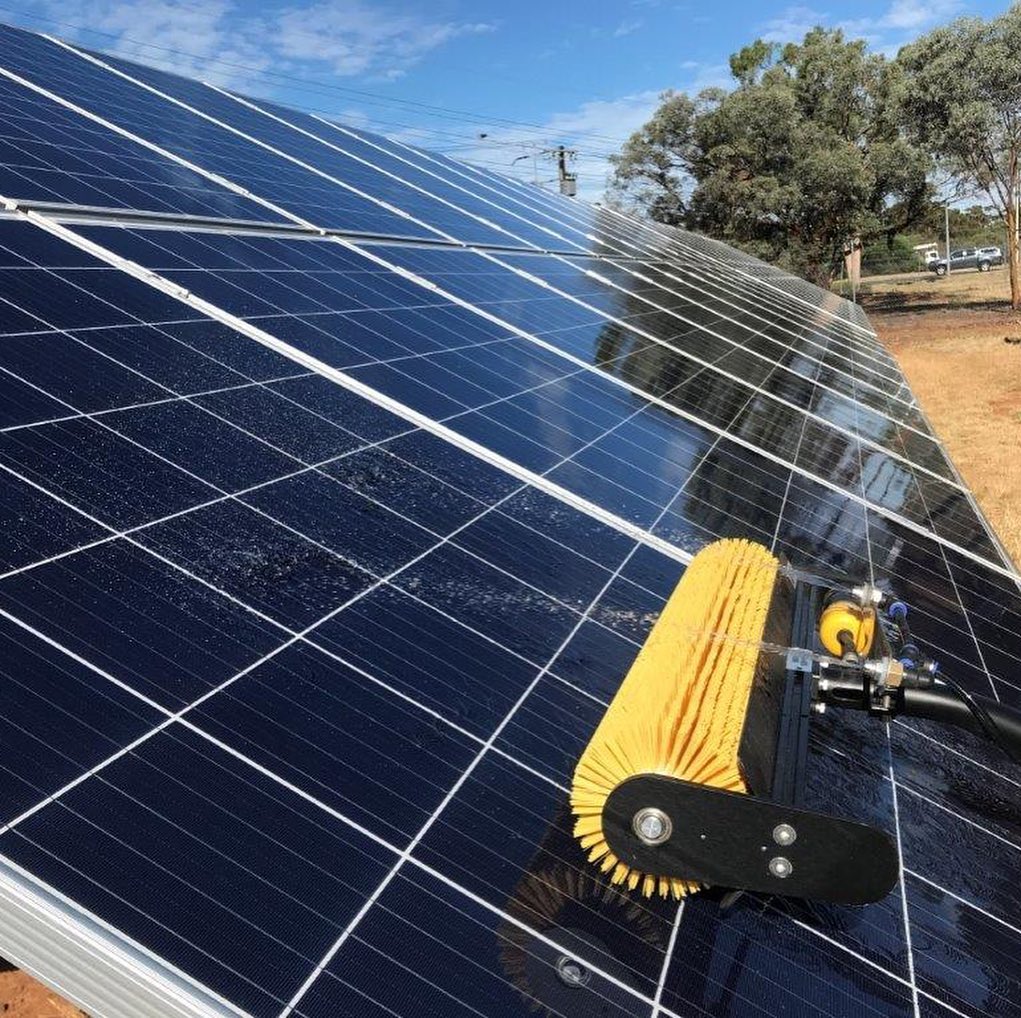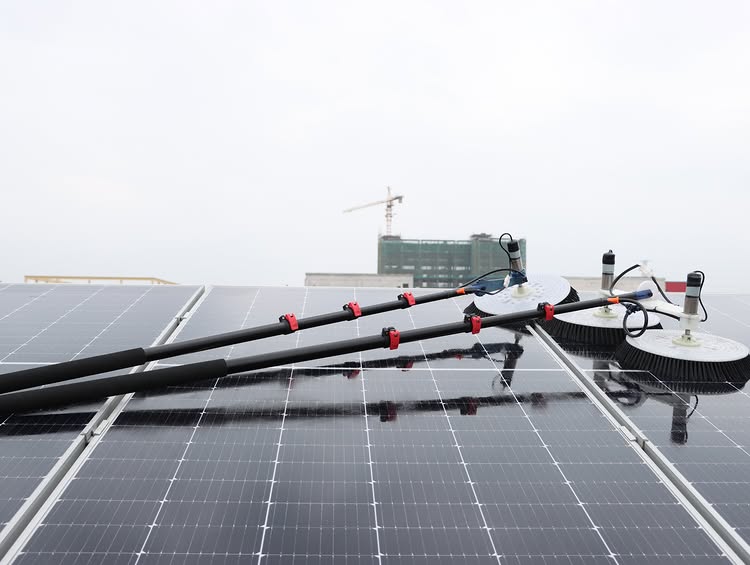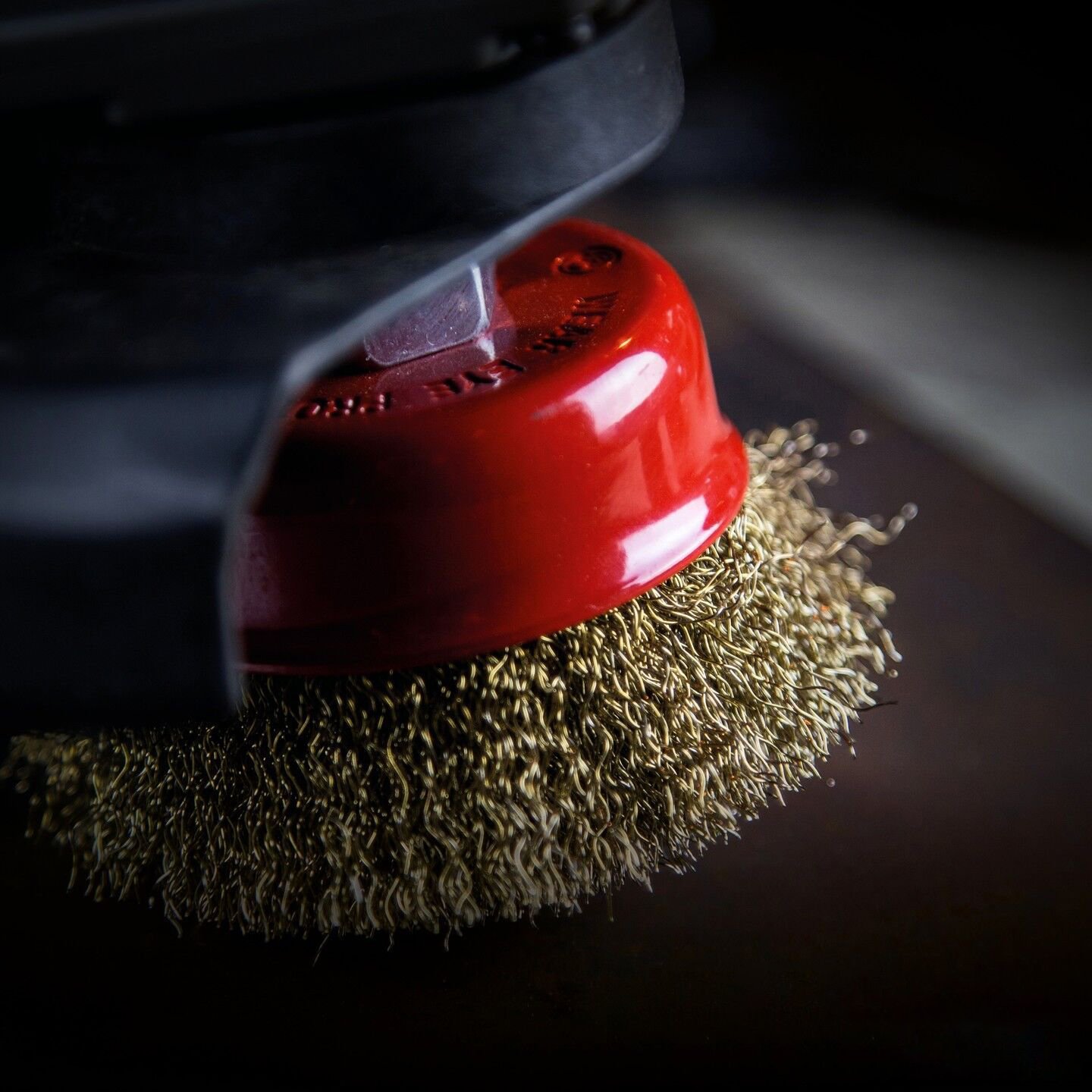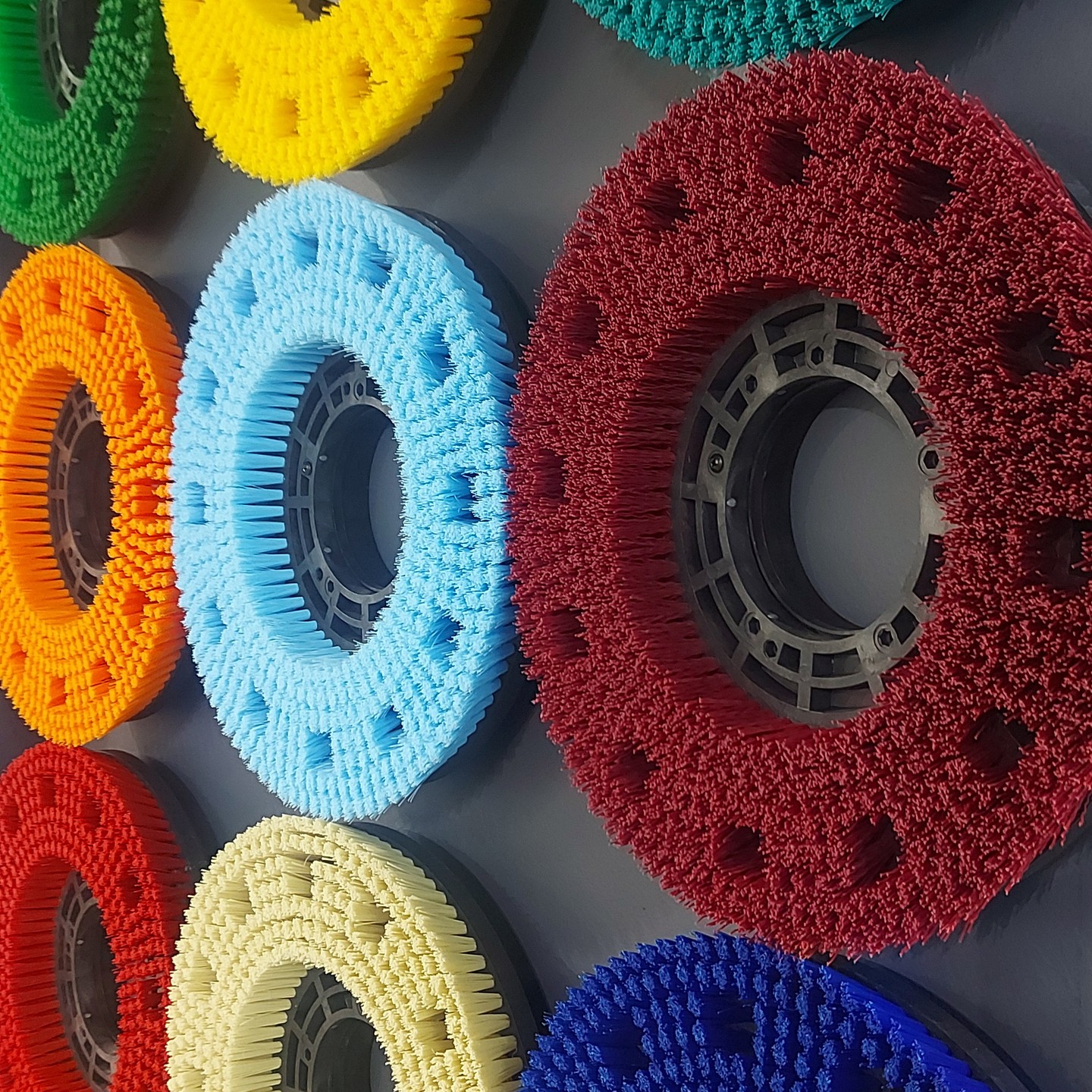Table of Contents
As more people transition to renewable energy, solar power has become a go-to option for sustainable living. One of the main advantages of going solar is the ease of maintenance—it’s often seen as a “set it and forget it” method for generating clean energy. However, this doesn’t mean you can completely disregard your solar panels once they are installed. Depending on your location and environment, it is important to clean your solar panels regularly to ensure you are getting the best energy output from your investment.
In this article, we will delve into why cleaning your solar panels is crucial for maintaining efficiency, the proper methods to clean them, the frequency at which they should be cleaned, and additional tips on how to maximize your solar energy production.
Why Do You Need to Clean Your Solar Panels?
Solar panels work by harnessing sunlight and converting it into usable electricity. However, their ability to absorb sunlight and generate energy can be hindered by a build-up of dust, dirt, or other debris. This phenomenon is known as “soiling,” and it can significantly reduce the efficiency of your solar energy system.
The impact of soiling varies by location. In areas with high dust, smog, or pollution, dirt can accumulate on the surface of the panels quickly, blocking sunlight and reducing energy production. Even if you live in an area where rain is frequent, dust and other pollutants can still build up and cause issues. This is why cleaning your panels is essential—removing these obstructions allows your solar panels to absorb as much sunlight as possible, optimizing their efficiency.
Furthermore, the National Renewable Energy Laboratory (NREL) states that solar panel soiling can result in energy losses of up to 7% annually in certain regions. That’s a significant amount of lost potential energy! Regular cleaning ensures you’re making the most of your solar investment.
DIY or Professional Cleaning: What’s the Best Option?
While it might seem like a hassle to clean solar panels, it’s a relatively simple process. You can opt to clean the panels yourself, or you can hire a professional to do the work for you.
DIY Cleaning
If you’re comfortable doing it yourself, solar panel cleaning is something you can handle with basic household tools. A soft brush, a garden hose, dish soap, and a rag are usually enough to get the job done. You should avoid using abrasive materials or high-pressure hoses that could damage the panels. The main goal is to clean the surface without causing any scratches that could reduce the panel’s efficiency.
However, DIY cleaning is generally recommended only if your panels are easily accessible, like those on a ground-mounted system. If you have a rooftop system, climbing ladders or working on slanted surfaces could be dangerous. In such cases, professional help is worth considering.
Hiring a Professional Cleaning Service
For those who prefer to leave the cleaning to the experts, professional solar panel cleaning services are available. While this option might cost between $150-$300 per visit, it can be worthwhile for several reasons. Professionals come equipped with the right tools and have the experience to clean panels safely, especially if you have a roof-mounted system. They will also be aware of the necessary precautions, such as not using harsh chemicals or high-pressure washers that could harm the panels.
Some solar companies even offer maintenance packages that include regular cleaning as part of the service, so check with your provider to see if that’s an option.
Methods of Cleaning Solar Panels
Whether you choose to clean your panels yourself or hire a professional, it’s important to follow the correct steps to ensure you don’t accidentally damage the system.
Step-by-Step Guide to Cleaning Solar Panels
- Turn Off Your Solar Panel System: Before starting, it’s essential to switch off your solar system to avoid any risk of electrical hazards or damage during the cleaning process.
- Remove Debris: Use a soft brush to gently sweep away loose dirt, leaves, and other debris from the surface of the panels. Avoid using any harsh materials that might scratch the glass.
- Clean with Water and Dish Soap: Use a standard garden hose to wet the panels with lukewarm water. Add a small amount of dish soap to a sponge or soft cloth and gently scrub the panels to remove grime. Always avoid using harsh chemicals like bleach that can damage the surface.
- Rinse and Dry: Rinse the panels with clean water to wash away soap residue. If necessary, use a squeegee or soft cloth to remove excess water and prevent streaking.
- Check Energy Output: After cleaning, it’s a good idea to monitor your solar panel system’s energy output to ensure it’s functioning more efficiently.
How Often Should You Clean Your Solar Panels?
The frequency with which you clean your solar panels depends on several factors, including your location, weather conditions, and the amount of dirt in the area. Generally, most homes will need to clean their solar panels once or twice a year. However, certain environments may require more frequent cleaning.
- In Arid and Dusty Regions: Areas with frequent dust storms, dry weather, or pollution will need regular cleaning—perhaps every three to six months.
- In Rainy Areas: If you live in a region where rainfall is common, rain will often help wash off dirt and debris. In such areas, solar panel cleaning may only be needed once a year.
- In Urban Areas with High Pollution: Locations near highways, factories, or airports tend to have higher pollution levels, which can cause pollutants like soot or smog to accumulate on your panels. These panels will require more frequent cleaning.
- In Wooded Areas: If you live near wooded areas, you may encounter more bird droppings or leaves that obstruct the panels’ surface. This will also necessitate more regular cleaning.
Snow and Solar Panels: What to Do in Winter?
During winter, snow accumulation on solar panels is a common concern. Most solar panel systems are installed with a tilt, so snow will typically slide off as it melts. However, if there’s an extended period of snow coverage, it could reduce the energy production of your system.
While it’s not generally necessary to remove snow from your solar panels, if you do choose to do so, it’s essential to use the right tools. A solar panel snow rake is a good investment as it is designed to clear snow without causing damage to the panels. Avoid using standard household tools like brooms or shovels, as these can scratch the glass.
FAQs About Solar Panel Maintenance
1. Can I clean my solar panels in the rain?
Yes, you can clean your solar panels in light rain, but it’s not always necessary. Rainwater often helps wash off dirt and debris, especially in areas with frequent rainfall. However, cleaning them during a dry period can be more effective in preventing the build-up of grime.
2. How do I know if my solar panels are dirty?
If your solar panels are visibly covered in dirt, dust, or debris, they may be dirty. Additionally, if you notice a decrease in the energy output from your solar system, it may indicate that the panels are not absorbing enough sunlight due to a build-up of dirt.
3. Should I use a pressure washer to clean my solar panels?
No, using a high-pressure washer is not recommended. It can cause damage to the panels, including cracks or breaks. Instead, use a gentle garden hose with lukewarm water, and avoid abrasive cleaning tools.
Conclusion: Maintain Your Investment with Regular Solar Panel Cleaning
Maintaining the cleanliness of your solar panels is an essential part of ensuring they function at their best. By cleaning them regularly, you’ll not only maximize their energy efficiency but also extend the life of your solar system. Whether you decide to handle the task yourself or hire a professional, taking care of your solar panels ensures that your renewable energy investment continues to provide clean, efficient power for years to come.
By adopting good maintenance habits and cleaning your solar panels regularly, you’re ensuring that your home continues to benefit from clean, renewable energy.

